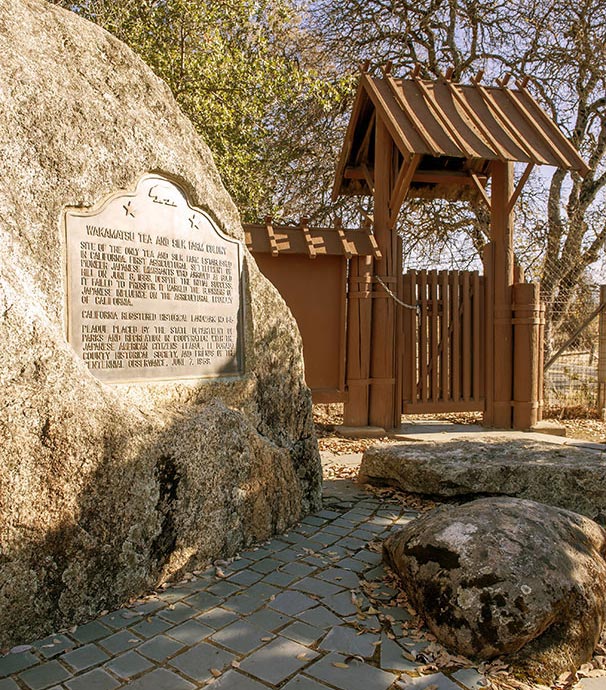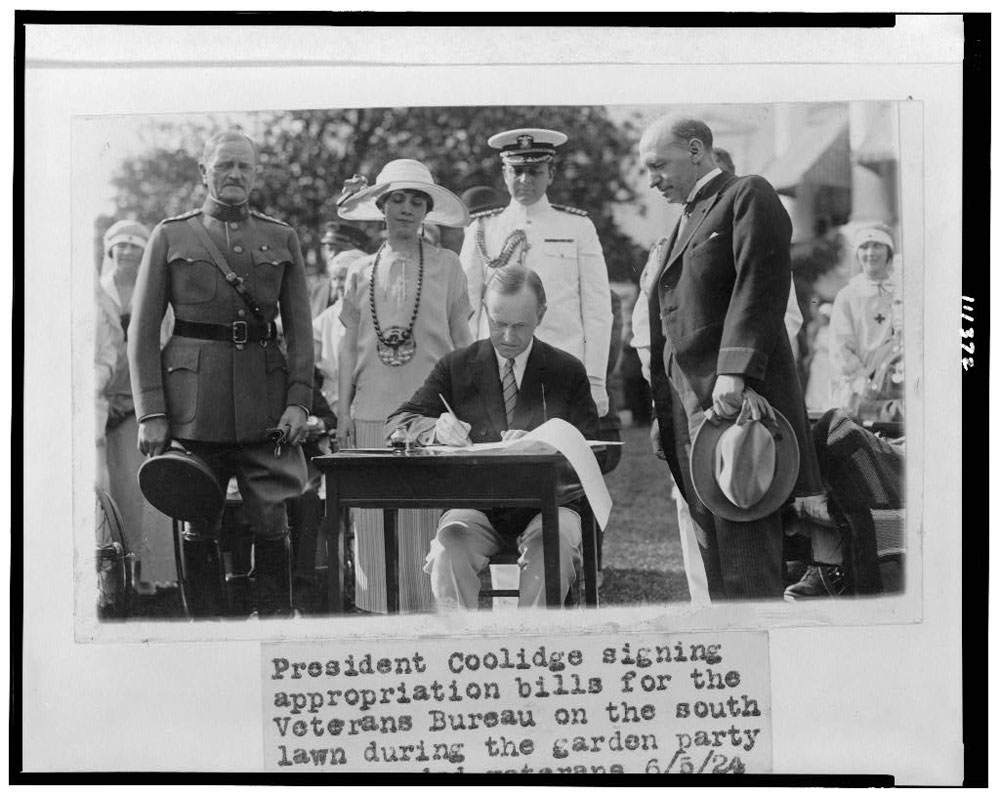
Pre-1941- Home
- History
- Historical Timeline
- Pre-1941
- Home
- History
- Historical Timeline
- Pre-1941
Historical Timeline: Pre-1941
1869
A group of Japanese establishes the Wakamatsu Tea and Silk Colony in Gold Hills, California, becoming the first Japanese immigrants to the US mainland.
The Meiji government disallows the departure of any Japanese until 1885, because of the poor treatment they receive in America.
1905
The Japanese and Korean Exclusion League is formed in San Francisco, CA, consisting of more than 60 labor unions. Later known as the Asiatic Exclusion League, the organization works to exclude Asians from the US.
1906
The San Francisco school board sends all Asian children to a segregated school. The order is primarily directed at Japanese schoolchildren.
1907-1908
The US and Japan establish the Gentlemen’s Agreement in which Japan agrees to deny passports to most emigrants to America. Because of this ruling, the San Francisco school board agrees to rescind the segregation order.
1911
The Supreme Court rules in Ozawa v. the United States that only whites or those of African descent are eligible for naturalization by circumventing its reference to “color” and refining its definition of “whites” to mean specifically Caucasians.
1917
Immigration Act restricts the immigration of “undesirables” and those from the Asiatic Barred Zone, any areas connected to the continent of Asia and not owned by the US.
1922
The Cable Act denies citizenship to female citizens who married aliens and to female aliens who married US citizens. Asian American women in particular are barred from regaining their citizenship through naturalization because of their race.
1924
The Immigration Act of 1924 establishes immigrant quotas that exclude any Asians from entering the United States.
1940
Congress passes the Alien Registration Act, requiring all aliens and non-US nationals to register with the government and be fingerprinted, and making it illegal “to advocate, abet, or teach the desirability of overthrowing the government.”
Congress also passes the Selective Training and Service Act, requiring all men between the ages of 21 and 45 to register for the draft. This was the first peacetime draft in US history.











